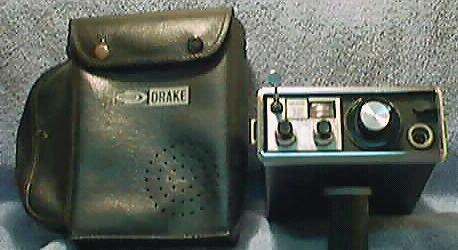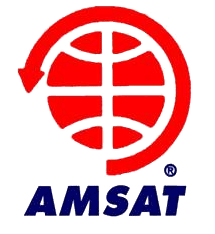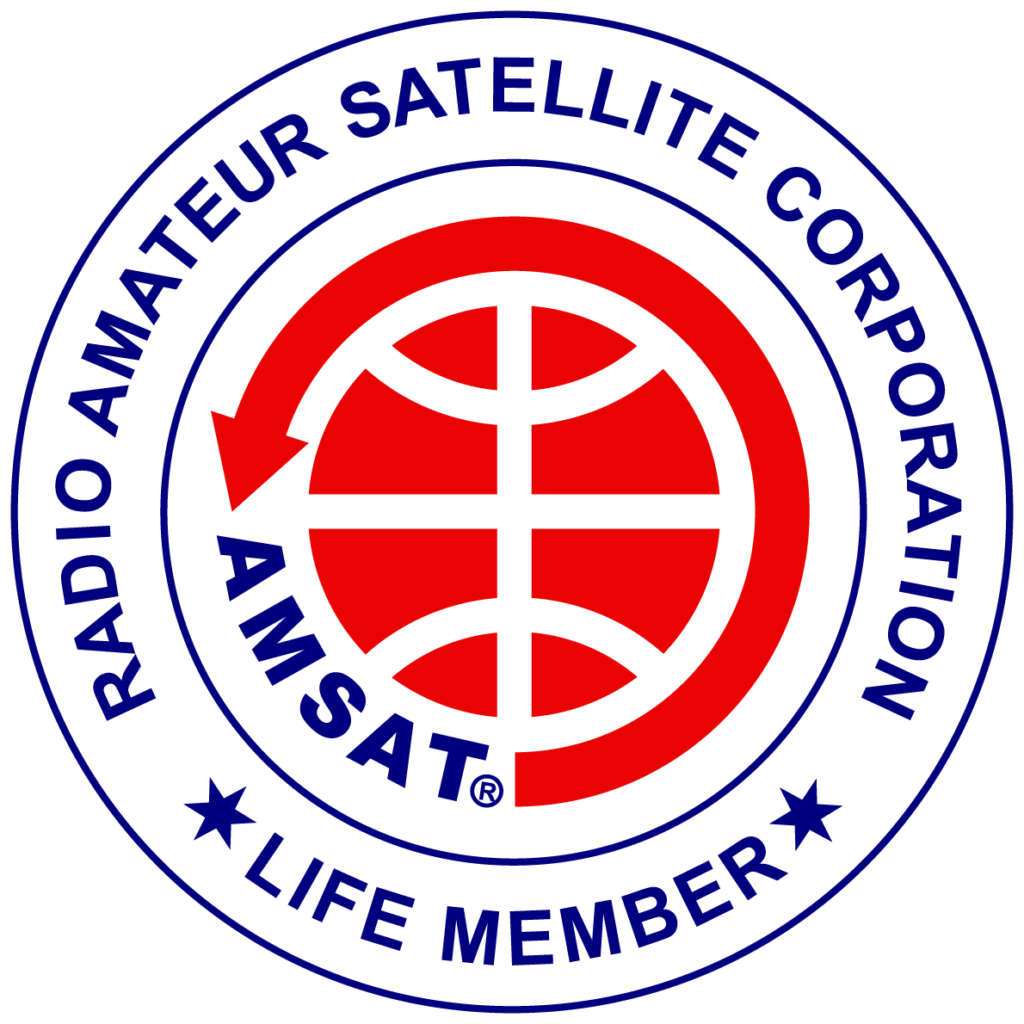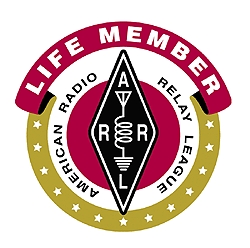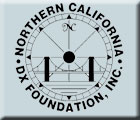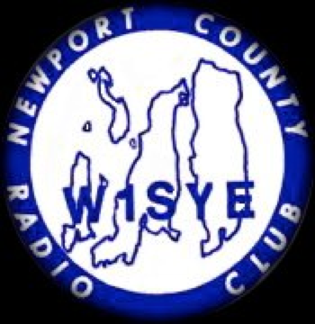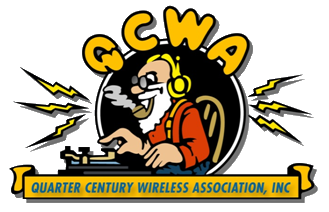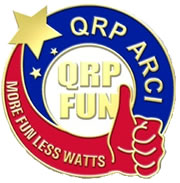In the fall of 1971 I entered Virgil I. Grissom High School, named for the astronaut who died in the Apollo 1 fire (Huntsville had two other new schools; Chaffee Elementary and White Junior High named after the other astronauts who perished in that horrible fire). I remember three things about High School. First, despite the fact that the school was only a year old, it was already very overcrowded, and I spent most of my time in “pods” which were portable school rooms that lacked air conditioning (the main school had AC for the 2,000 or so students lucky enough to be inside the main building). The second, that our Debate Club was very good (and I was part of that club). And the third, that Ham Radio continued to be important despite everything else that was going on.
By the time I was in high school, I was driving a car and had purchased a Drake TR-22 2-meter FM radio. It was a shoulder-portable radio that had an internal battery pack. It produced about 1 watt of power, and was enough to work several local repeaters. Somehow (?) I had obtained a touch-tone pad from a phone and adapted it to my Drake. It allowed me to make phone calls from my car — something that was unheard of at the time (remember that the first cell phones didn’t show up for another 15 years).
One of the advantages of living in Huntsville during the early 70’s was it was the home of the space program. I can remember that there were some lunatics insisting that the space landing had been nothing but a stunt faked on a Hollywood set (Hollywood did make a movie with that as the plot and planned to release it in April of 1970 — which just happend to be the time of the Apollo 13 problem — the distributor pulled the movie back and didn’t let it run until everyone returned safe and sound). I had personal knowledge that it wasn’t a fake as I had gone with a scout group to visit a ham who had obtained a huge dish antenna on the surplus market (it was at least 20 meters in diameter if not larger). While it had electric controls to adjust the azimuth and elevation, the tracking had to be done by hand — by turning knobs that drove the motors. There was no computer or automatic control. I was assigned to operate one knob and another scout was assigned to operate the other. As the moon moved across the sky we were given instructions to adjust the knobs so that the dish tracked the moon. The fruit of our labors was that we were able to listen in to radio signal used by the astronauts on the moon. By observing the tracking and by calculating the doppler shift and comparing it to the measured value we were able to prove that the messages were coming from the surface of the moon.
By 1972, the Apollo program was grinding to a halt and was actually shortened. The public had waning interest because it was so darned successful — the thrill had gone (tell that to Grissom, Chaffee and White, plus the crew of Apollo 13). But more importantly, there was little money available for NASA since the country was spending money it didn’t have fighting the Vietnam War.
It was bitter-sweet when the crew of Apollo 17 returned to earth on December 19, 1972 (12 days after they took off). It was a very successful mission, but it was to be the last Apollo flight. It also meant that thousands of talented people who had worked the last decade or more on the space program were going to lose their jobs. One of those impacted was my father, who wrote the flight operation manuals for the Apollo missions. He managed to hang onto his job in Huntsville by doing odds and ends for General Electric until December of 1973. As they were turning off the lights and nailing the doors closed on the GE facility, we were headed to the frozen north — Niskayuna NY, a suburb of Schenectady, the original home of GE. My father would spend the rest of his working days at Knolls Atomic Power Laboratory, writing manuals for naval vessels. When he retired in 1985, he moved back to Madison AL to be near my brother’s family.
So I moved in the middle of my junior year of high school to a place that was about as different climate wise as it was culture wise. Not showing much common sense, I managed to get my feet badly frost-bitten when we moved into our apartment (my tennis shoes were soaked and it was cold and snowy). To make things even more challenging, the country was in the middle of a terrible gas shortage. I spent many a day after school parked in lines trying to buy gas for my parents car. To add insult to injury, New York had different rules about licenses. I had a full unrestricted license from Alabama, and had been driving since I was 12. New York took away my license and forced me to obtain a restricted permit until the summer of 1974 when I was old enough for a full license again.
But the Schenectady area wasn’t all bad. It had the best food I had ever eaten. When I lived in Alabama, we thought of Italian food as pizza at the one pizza place in town. In Schenectady, you couldn’t swing a dead cat without hitting a family Italian restaurant with absolutely wonderful food. And don’t even get me started about the Jewish Delis!
Schenectady also had a very large and active ham radio community. My father and I joined up and attend many meetings. I changed my call sign to WB2ZIB (yech — the ‘ZIB’ part not the ‘2’ part), but kept my WB4SON call registered back at my brother’s home in Alabama. I put wire into trees at the apartment complex and operated in stealth mode.
For good or bad, I happened to be right across the street from one of the world’s most renowned hams, W2PV, Dr. Jim Lawson. This fella had dozens of acres of land with some of the largest towers I have ever seen poking hundreds of feet into the air. One of them had a full-size three element 40-meter beam on the top. When he was on the air, my HW-16 would produce nothing but noise. I popped over to his house a few times to say hello, but he was a serious DX and contest operator and had little time for a teenager unless I was willing to take the graveyard shift during one of his multi-op contests (which I did — once).
By the summer of 1974 we had located a house in Niskayuna and moved in. I became good friends with a ham at school and spent that summer installing a tower in his back yard topped with a tri-band beam. Despite the fancy tower, he was mostly interested in QRP, and had a wonderful little radio called the Argonaut.
The two of us decided that satellites seemed pretty cool, so we set about making a 2-meter transmitter so that we could send CW on the uplink, and listen to the 10-meter downlink on the Argonaut. We purchased the parts for pennies from a surplus dealer named Les Couch (Albany, NY). It was probably the world’s worst and least efficient 2-meter transmitter but it worked. We both made exactly one contact on AO-6 that summer before the tube turned bright red and burned out. It was wonderfully exciting, and not unlike my first QSO four years earlier — except for the blown tube part.

